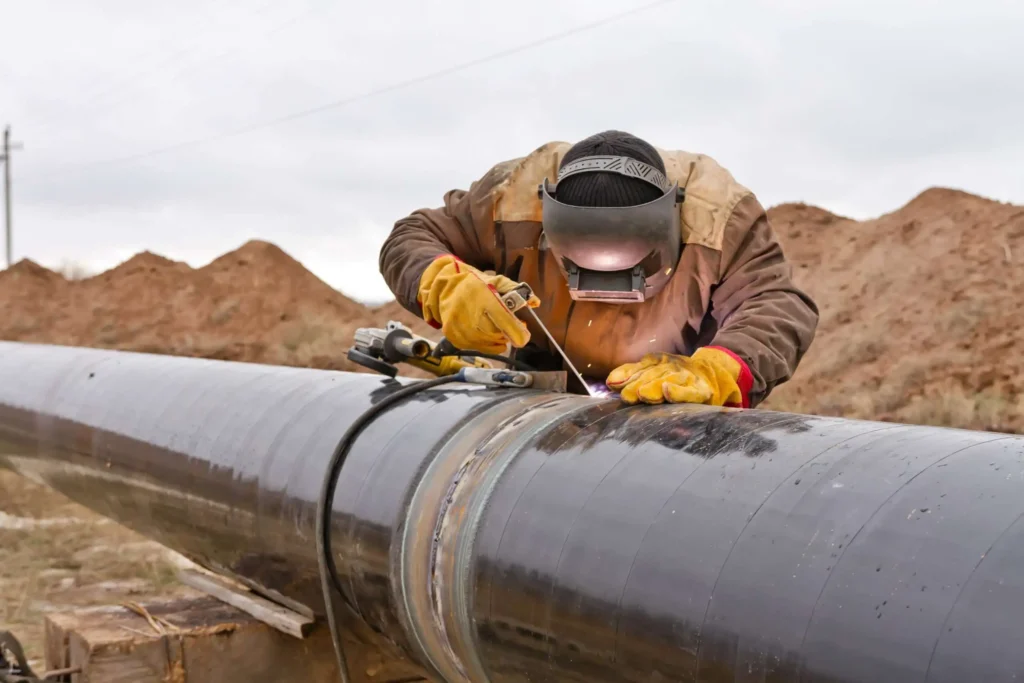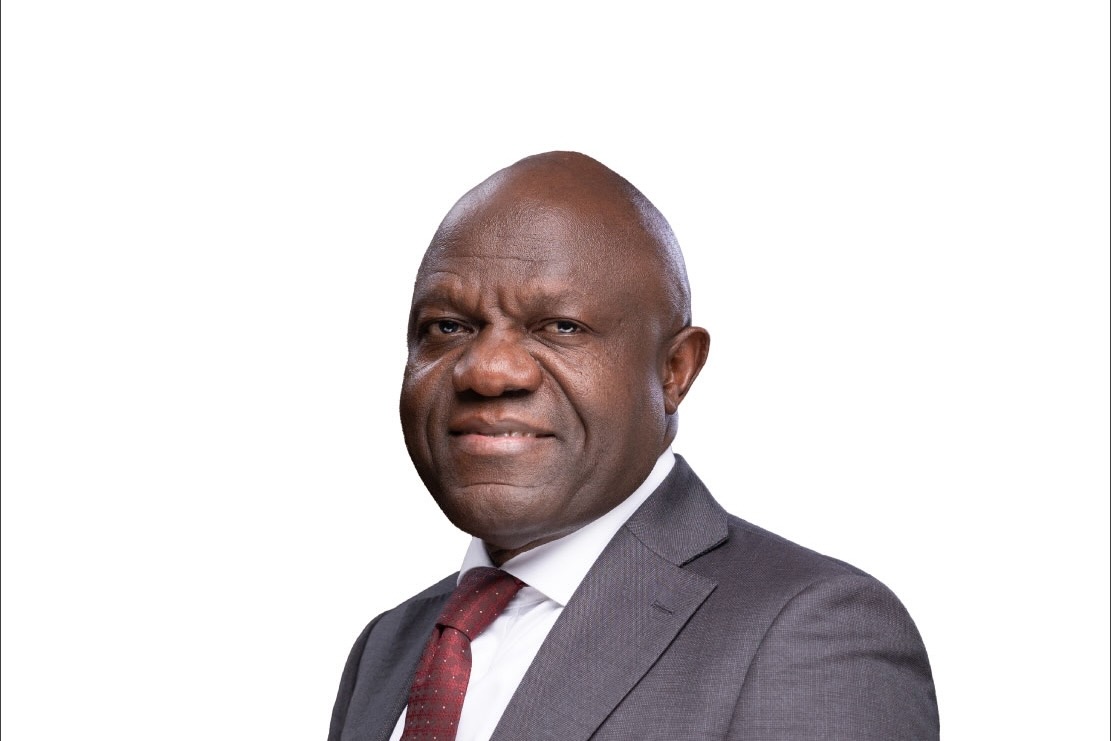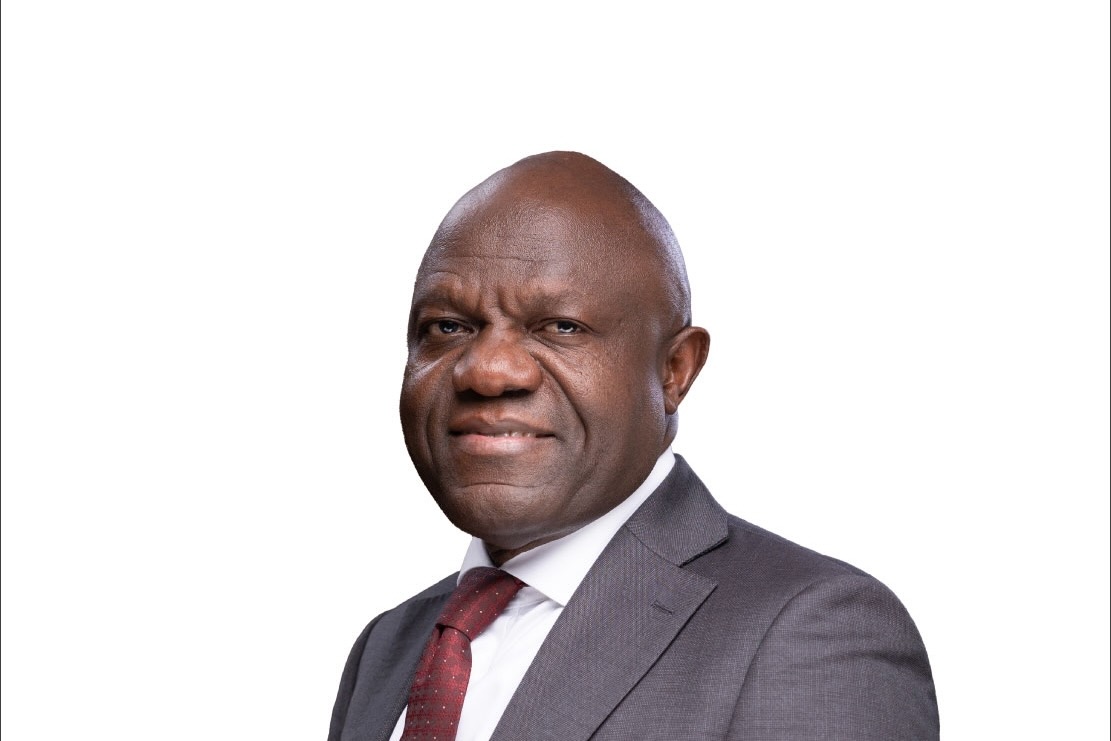EACOP: East Africa’s pipeline to prosperity over 60% complete
- EACOP project, which aims at transporting crude from Uganda to Tanzania’s coast, is now over 65 percent complete.
- Tanzania projects increased revenue once the $5 billion EACOP investment is operational.
- Construction of the pipeline started in 2023 and is set to end in 2027.
The East African Crude Oil Pipeline (EACOP), a massive 1,443-kilometer conduit stretching from Uganda’s oilfields to Tanzania’s coast, is poised to redefine the region’s energy landscape.
Now reported at 64.5 per cent complete since construction began in 2023, this engineering marvel—set to be the world’s longest heated crude oil pipeline—promises to unlock Uganda’s vast oil reserves for global markets by 2027.
Beyond its technical feats, the EACOP embodies a bold vision for East African economic integration, sparking both hope for prosperity and debates over environmental and social impacts, as the region navigates the complex interplay of development and sustainability.
Also known as the Uganda–Tanzania Crude Oil Pipeline the system is designed to transport Uganda’s crude from Kabaale-Hoima in western Uganda to the Chongoleani Peninsula near Tanzania’s Tanga Port.
The EACOP is a $5 billion joint venture with contribution from TotalEnergies (62 per cent), Uganda National Oil Corporation (15 per cent), Tanzania Petroleum Development Corporation (15 per cent), and the China National Offshore Oil Corporation (8 per cent).
The project is projected to boost Foreign Direct Investment (FDI) in both countries by over 60 per cent during the construction phase alone. According to the official factsheet the cross-border infrastructure is expected to be a cornerstone of East Africa’s energy development strategy and a catalyst for regional economic transformation.
To this end, on the Ugandan side, in Hoima, a domestic refinery plant is under construction allowing part of the crude output to be refined for domestic use; though the exact percentage of domestic refining has not been made public.
Meanwhile, on the Tanzanian side, the project has already generated an estimated USD $19.5 million in revenue for Tanzania through development levies, taxes, and other construction-related charges.
In a recent interview, Tanzania’s EACOP Project Coordinator, Mr. Asiadi Mrutu, said the project has so far employed 1,200 Tanzanians especially from communities in the vicinity of the pipeline.
Similar sentiments were shared by Tanzania’s Energy Ministry spokesperson Ms. Neema Mbuja who expressed satisfaction with the project’s implementation progress, levels of local employment and general infrastructure growth.
Back on the Ugandan side, EACOP MD, Mr. Guillaume Dulout, accompanied by members of the EACOP Management Team, paid a courtesy visit to Uganda’s Minister of Energy and Mineral Development (MEMD) the Hon. Canon Dr. Ruth Nankabirwa Ssentamu.
Held this week at the Ministry headquarters in Kampala, the meeting provided an opportunity to present key updates on the EACOP project’s progress and ongoing strategic initiatives towards completion of the pipeline.
The team discussed current status of pipeline construction and related infrastructure collaboration between EACOP and MEMD on regulatory and technical oversight as well as shared goals around national development and energy infrastructure.
The heated pipeline is embedded with electrical filaments and fiber-optic cables along its entire length to ensure the safe, efficient flow of crude oil.
The heating system prevents the waxy Ugandan crude from solidifying, while the fiber-optic network supports real-time satellite monitoring and leak detection to mitigate environmental risks.
Despite environmental concerns and financing challenges, the pipeline project remains on course and represents a bold step by Uganda and Tanzania to leverage their energy resources for long-term economic transformation and regional trade integration.
Today, implementation of the East African Crude Oil Pipeline (EACOP) has reached a significant 64.5 per cent completion and stakeholders foresee successful completion.
The EACOP management also says payment of compensation to residents in all areas where the project covers has reached 99.3 percent.
Read also: Dangote sails ahead with Nigeria’s largest seaport in Olokola
EACOP sustainability: Celebrating World Environment Day
As part of this year’s World Environment Day celebrations, the East African Crude Oil Pipeline (EACOP) Project partnered with various stakeholders for a joint initiative aimed at promoting environmental sustainability.
The stakeholders included the Petroleum Authority of Uganda (PAU), TotalEnergies EP Uganda, CNOOC Uganda Limited, Uganda National Oil Company (UNOC), and the National Environment Management Authority (NEMA).
The two-day event was held in in Nwoya District, Uganda and saw the commissioning of water tanks at Anaka District Hospital to support access to clean water as well as launch of a reconnected water project to boost public health services at the hospital.
Other activities included donation of garbage collection tools to promote proper waste management, tree planting to support biodiversity and combat deforestation as well as town cleaning activities to raise awareness on community hygiene and environmental protection.
EACOP officials shared their ongoing efforts to reduce plastic waste at project sites including the use of reusable water bottles by staff and contractors, and the installation of water stations to minimize the use of single-use plastic bottles.
“At EACOP, environmental sustainability is not just a regulatory requirement – it is a core principle of our operations,” Dulout said.
“We are committed to protecting ecosystems, promoting responsible waste practices, and ensuring that our presence leaves a positive and lasting impact on the communities we operate in,” he added.
“We are grateful for the leadership and partnership from the Ministry of Energy and Mineral Development. This collaboration is vital to achieving our shared objectives of delivering the EACOP project safely, responsibly, and efficiently,” Dulout summed up.

EACOP criticism: Environment pollution concerns
The EACOP project has met criticism since it’s conception. Last year, Ugandan and Tanzanian campaigners took to court in what was considered a last-ditch attempt to block the project.
Describing it as ‘a massive polluting oil pipeline that te critics fear will emit a vast amount of carbon emissions and have a huge impact on the lives of people along its path.
TheEast African Court of Justice, which sits in Arusha, Tanzania heard their arguments that claimed the EACOP violates laws on human rights, environment and conservation.
The case was first filed in 2020 by four NGOs based in Uganda, Tanzania and Kenya including the African Centre for Energy Governance (AFIEGO), the Center for Food and Adequate Living Rights, Natural Justice and the Centre for Strategic Litigation.
The plaintiffs argued that Uganda and Tanzania signed an agreement on the pipeline without due regard to key East African and international laws and treaties.
They argued that the EACOP is likely to cause irreparable and irreversible damage to the delicate ecosystem of the Lake Victoria basin, at least seven forest and game reserves, which would also cause loss of food security and livelihoods for villagers, pollution of water, air and soil, the fragmentation of animal habitats and disruption of migration.
“The project is also displacing more than 100,000 people, many of whom have not received compensation or been compensated poorly,” they argued.
According to local press, the East African Court rejected the case, saying the NGOs had filed it too late; a decision the critics described as unjust.
Share this content:





Post Comment